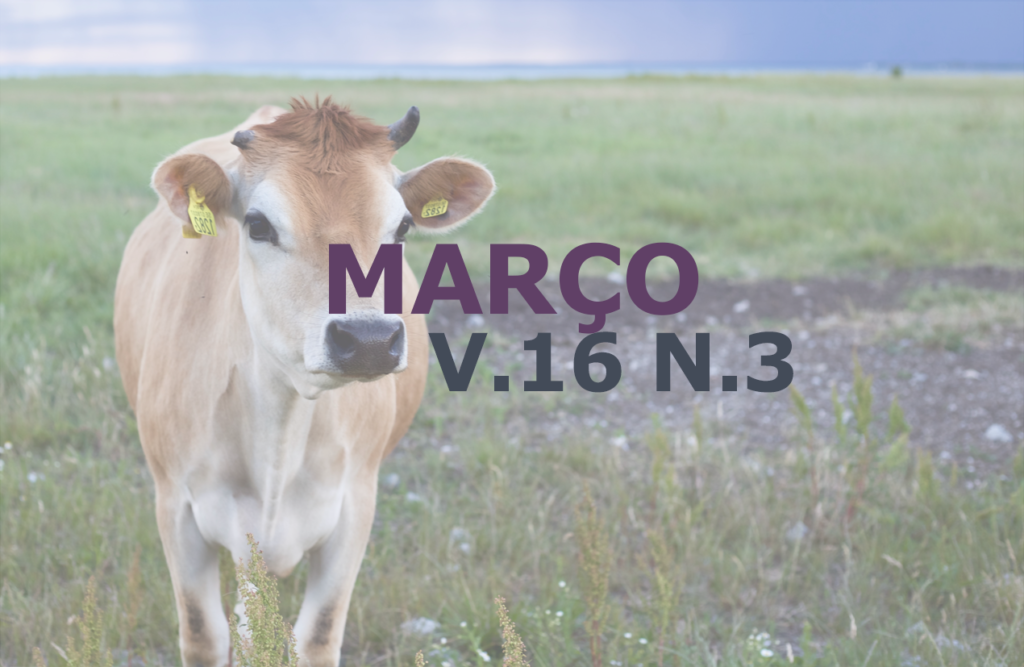A carne bovina maturada a seco (dry aging): Revisão
DOI:
https://doi.org/10.31533/pubvet.v16n03a1072.1-7Palavras-chave:
Carne bovina, maturação a seco, sensorial da carneResumo
No Brasil, há predominância da participação da genética zebuína. Este fato associado à produção a pasto e ao fato de os animais manterem peso ou até perderem peso no período da seca e sua idade ao abate avançada são alguns dos fatores que fazem com que a carne desses animais seja menos macia, um atributo muito exigido pelos consumidores. Dessa forma, o processo de maturação é muito importante, pois é uma técnica que visa melhorar a maciez da carne, e praticamente toda a carne consumida nos dias atuais, passaram por algum nível de maturação até se formar o produto final. E dentro desse mercado, se tem a carne maturada a seco, que é o produto do envelhecimento da carne não embalada sob condições controladas de temperatura, umidade relativa e circulação de ar e apesar de um procedimento que envolve um alto custo, melhora a maciez e o sabor da carne. Mesmo não sendo um procedimento barato e exigindo uma carne de melhor qualidade, com determinado nível de marmoreio, esse tipo de maturação é muito interessante, principalmente quando consideramos os nichos de mercado. Visto a importância do processo de maturação para a qualidade da carne, o objetivo da presente revisão foi discorrer sobre os principais aspectos relacionados à maturação a seco ou “Dry aging”.
Downloads
Publicado
Edição
Seção
Licença
Copyright (c) 2022 Jéssica Geralda Ferracini, Daniel Polli, Vinícius Kenji Tamehiro, Ivan Lopes Serafim, Beatriz Ligoski, João Lucas Yuji Tamehiro, Ivanor Nunes do Prado

Este trabalho está licenciado sob uma licença Creative Commons Attribution 4.0 International License.
Você tem o direito de:
Compartilhar — copiar e redistribuir o material em qualquer suporte ou formato
Adaptar — remixar, transformar, e criar a partir do material para qualquer fim, mesmo que comercial.
O licenciante não pode revogar estes direitos desde que você respeite os termos da licença. De acordo com os termos seguintes:
Atribuição
— Você deve dar o crédito apropriado, prover um link para a licença e indicar se mudanças foram feitas. Você deve fazê-lo em qualquer circunstância razoável, mas de nenhuma maneira que sugira que o licenciante apoia você ou o seu uso. Sem restrições adicionais
— Você não pode aplicar termos jurídicos ou medidas de caráter tecnológico que restrinjam legalmente outros de fazerem algo que a licença permita.





